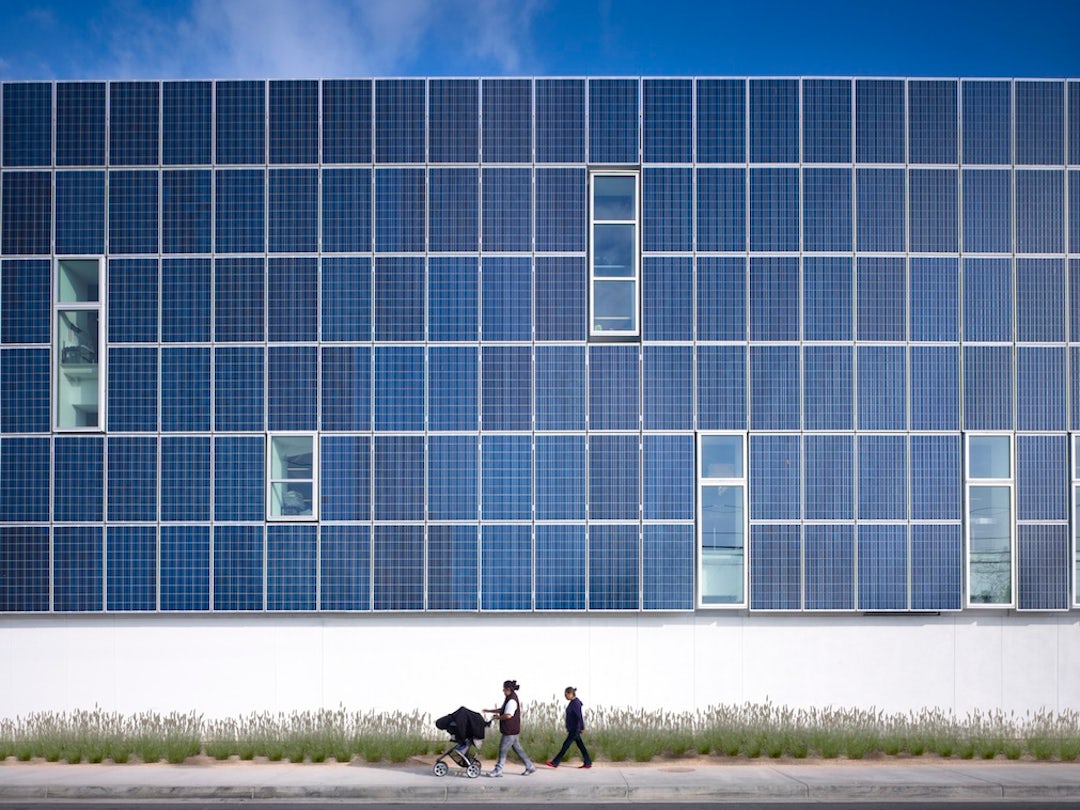How to specify photovoltaics
Note: The Architizer guide to photovoltaics is accessible again. Apparently, it was accidentally taken down and took a while to restore.
Sooner or later, it had to become obvious that while many forums are now talking about architecture, and usually expanding into other branches of design as lifestyle accessories, few are focusing on how buildings really get made.
One of the older such sites, Architizer, has decided to focus on this new direction:
"Moving forward you can count on Architizer for the latest trends in practice, in-depth investigations into building-products and cutting-edge news on technology in our field.
Every week we will dive DEEP into a specific building-product, exploring how to specify it, who is pushing technological boundaries with it and how it can be used to create truly incredible architecture. We will work to answer some of the most frustratingly obvious questions that architects have, that seem to never get answered — how to stop a flat roof from leaking, how to make a door disappear or how to attach metal cladding to a building."This week’s topic is photovoltaics. It is a technology that has been moving both slowly and quickly the same time. Photovoltaic panels have been available for at least 30 years. For most of that time, usually seen as the typical bolt on systems, oriented and tilted at an angle determined by solar geometry, they have been perceived as inefficient and poorly integrated with the host architecture.
The need for building integrated photovoltaics has been long recognised. Only in the last 10 years or so have there been enough built examples to fill a couple of case study books, and frankly, not many of the examples were particularly inspiring. But that has changed lately, with rapid advances in new materials for the photovoltaic cells themselves, and the ways of combining PV with conventional building materials.
The Architizer review article provides a convenient and timely update, with relatively comprehensive, and well-balanced technical detail.
Go to 'How to specify photovoltaics'
On that page, you will also find links to other articles in the same series. And how do they make money out of it? Well, if you need to, you can sign up for the Source, a service to connect specifiers with manufacturers.






